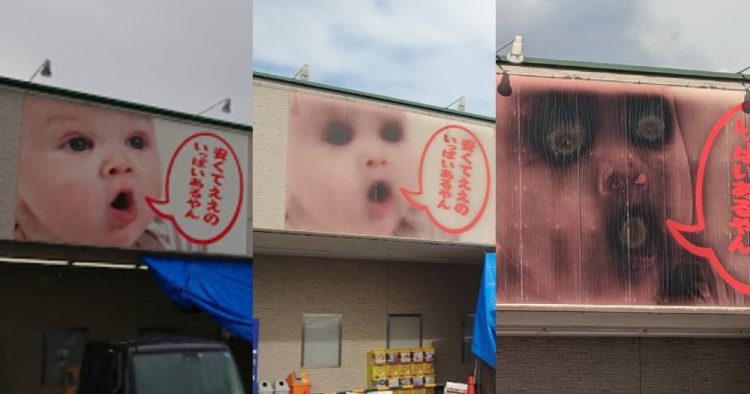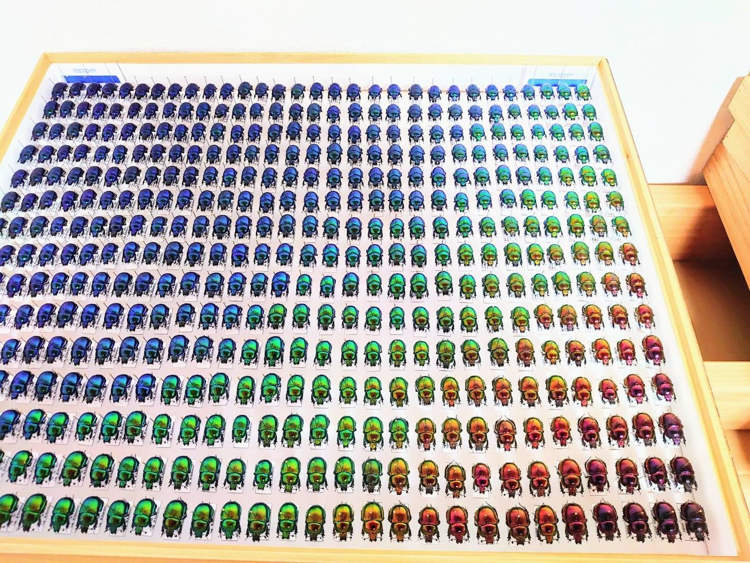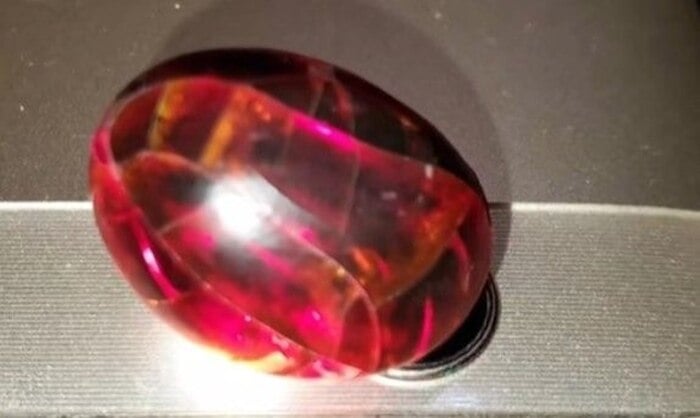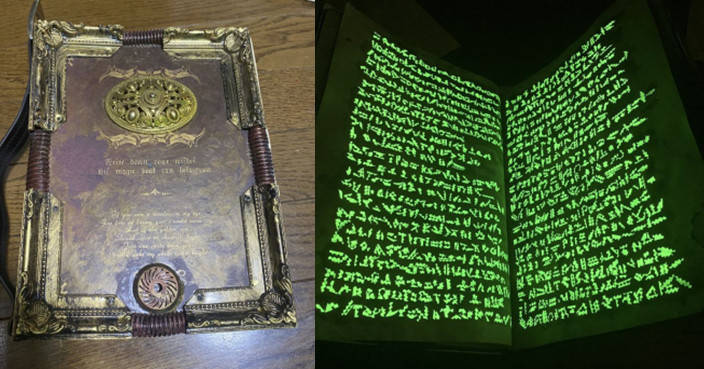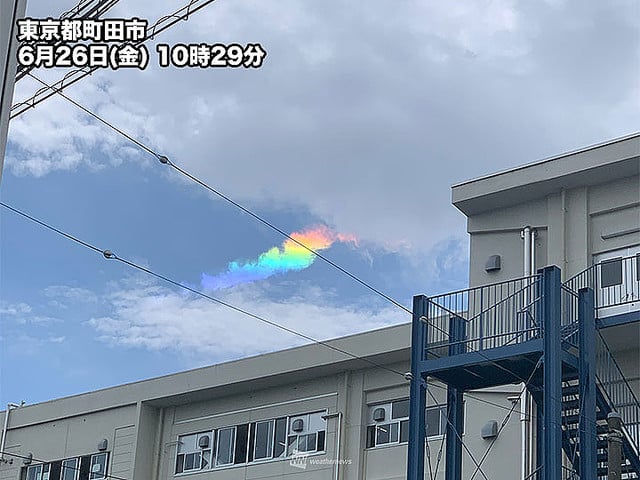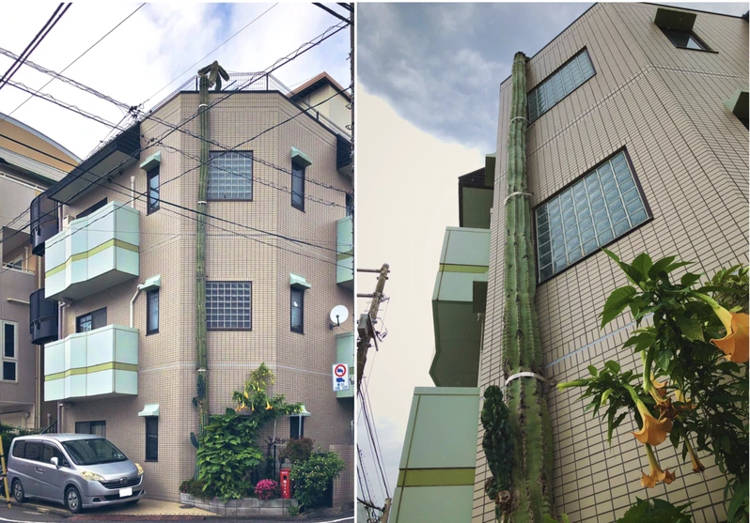If you’re planning a vacation on the shores of the Baltic Sea, in northern Poland, you’d better buy or build yourself a space separator if you want to fit in. The bizarre accessory is apparently a must on Polish beaches, at least if you want to fit in with the crowd.
I was recently browsing through obscure Eastern-European pic dumps and news aggregators, as I usually do, when I came across a collection of strange beach photos where everyone had a cloth wall surrounding their little patch of sand. These things were everywhere, I had never seen anything like it before, and I was intrigued. Unfortunately apart from the title, “Polish Beach Introverts”, which hinted at a privacy-related purpose, there was no explanation as to why everybody was using them. So I started Googling all sorts of phrases that I hoped might shed some light on the mystery of Polish beach separators.
At first, I only found duplicates of the same collection of photos I had originally found, with no other information, but eventually I found a Russian site on Poland affairs that actually covered this “phenomenon” quite extensively.

According to Polomedia, beach separators have been a part of Polish beach-going culture for a very long time, but have recently been getting a lot of attention online, after foreign tourists vacationing at the Baltic Sea started posting photos of separator-covered beaches on social networks like Facebook and Instagram.
Consisting of a long piece of colored cloth stretched between a number of metallic pegs that are easy to stick in the sand, beach separators vary in size according to the size of the group they are meant to accommodate. You’ll see tiny ones barely surrounding the space around a single beach towel, and giant ones separating a large part of the beach.
Contrary to what the title of that pic dump I found suggested, beach separators weren’t designed to protect their users from prying eyes. It’s no secret that strong winds are very common on the shores of the Baltic Sea, so the separators were originally meant to allow beach-goers to enjoy sunbathing without having their belongings blown away, or sand blown in their faces. Polomedia explains that the theory of beach separators being used by Polish vacationers to isolate themselves from other beach-goers originated from posts social media sites like Facebook of VKontakts by people trying to explain something they knew nothing about.
However, there is also a controversial side to these beach separators. In recent years, people have begun abusing these accessories to take up much more beach space than they need. It’s not uncommon to see one or two beach towels in the middle of an empty patch of sand surrounded by one of these separators.
During the summer, beach separators are placed so close to each other that a person can barely pass between them, let alone find a place to set their own beach towels. This creates a problem for foreign tourists unfamiliar with these accessories, who just want a place to lay down on the sand.
Polomedia reports that motley beach separators are an important part of Polish culture, and often show up on t-shirts, magnets and other souvenirs sold in seaside resorts. However, there is no denying that as the beaches become more crowded during the high season, they create all kinds of conflicts due to the lack of space. For example, some people leave the beach for hours but leave their separators in place, to make sure that their space doesn’t get occupied by someone else.
Polomedia claims that the huge popularity of beach space separators is exclusive to Poland, and having visited a fair number of seaside resorts across Europe, I can confirm that I have never seen anything like this before.


